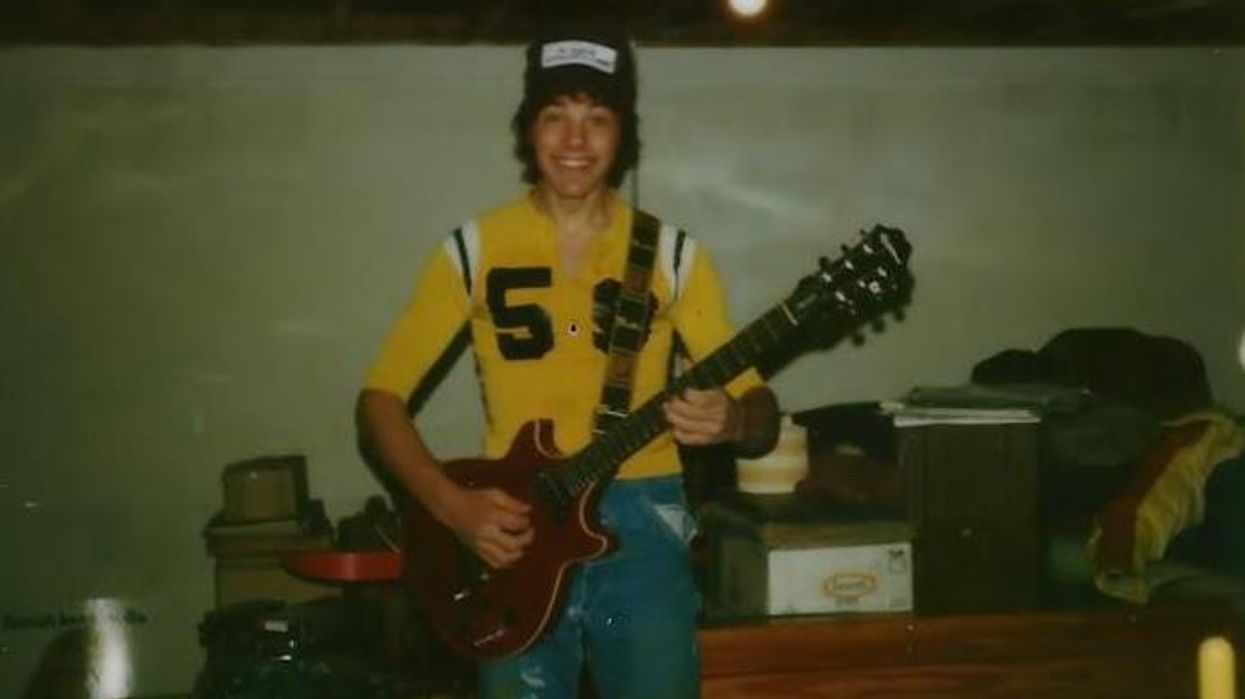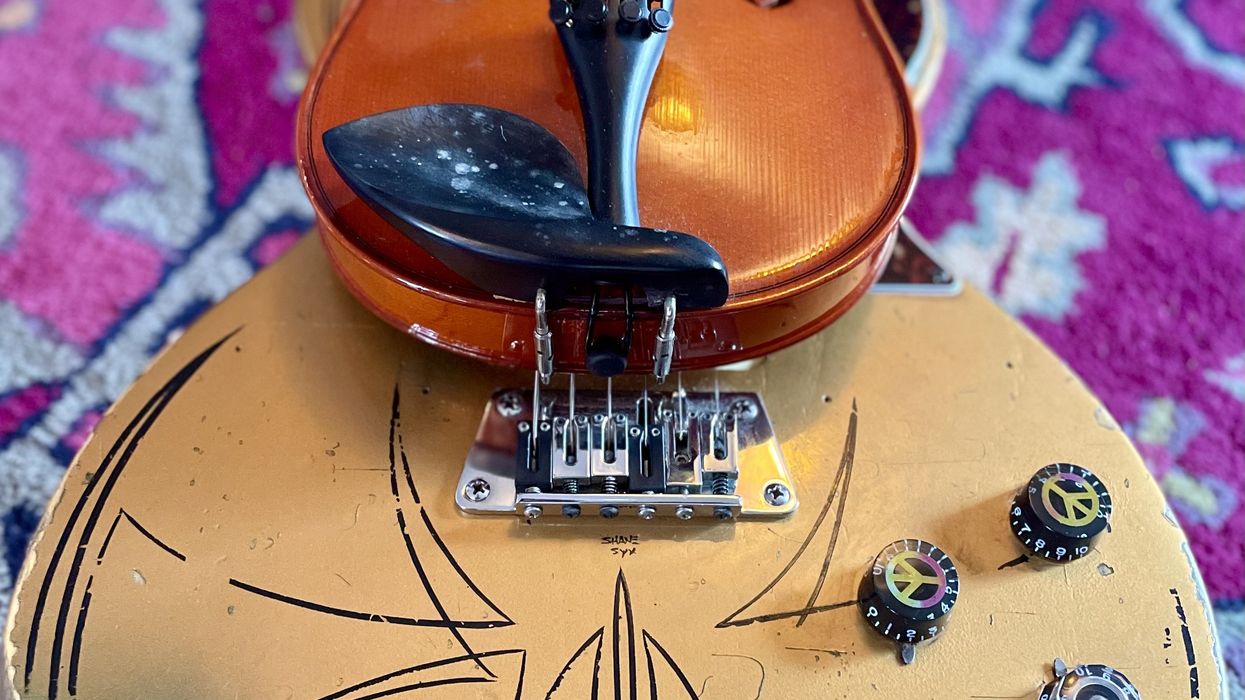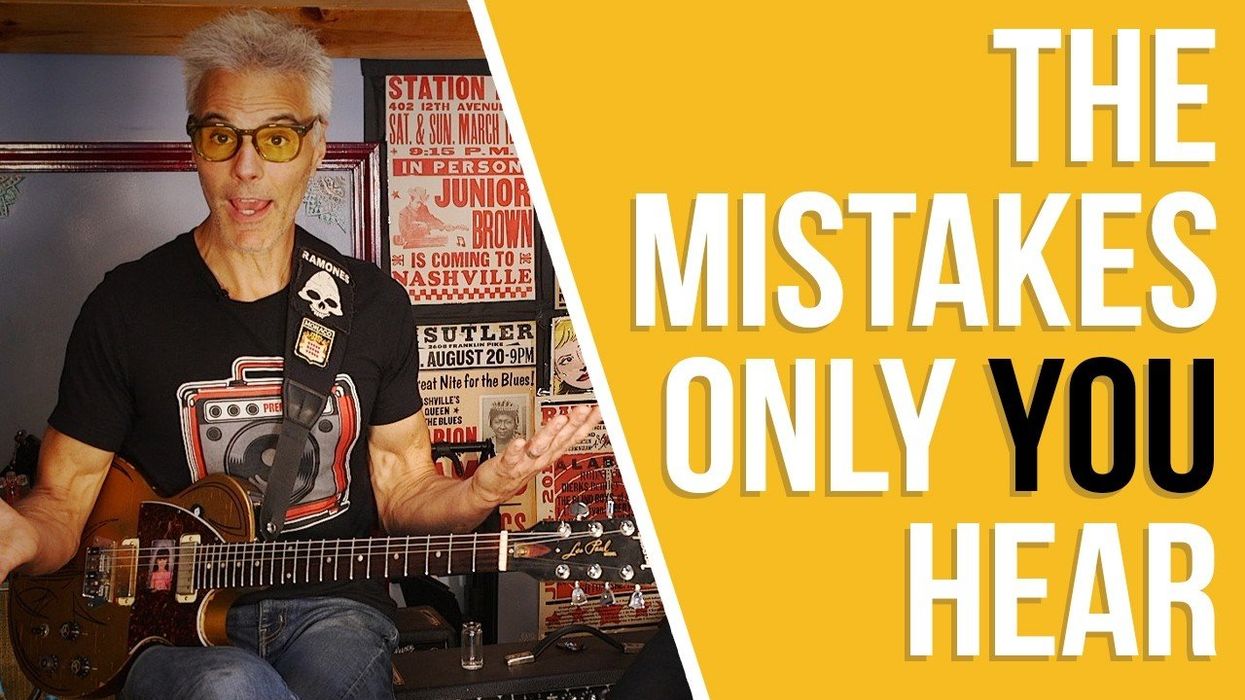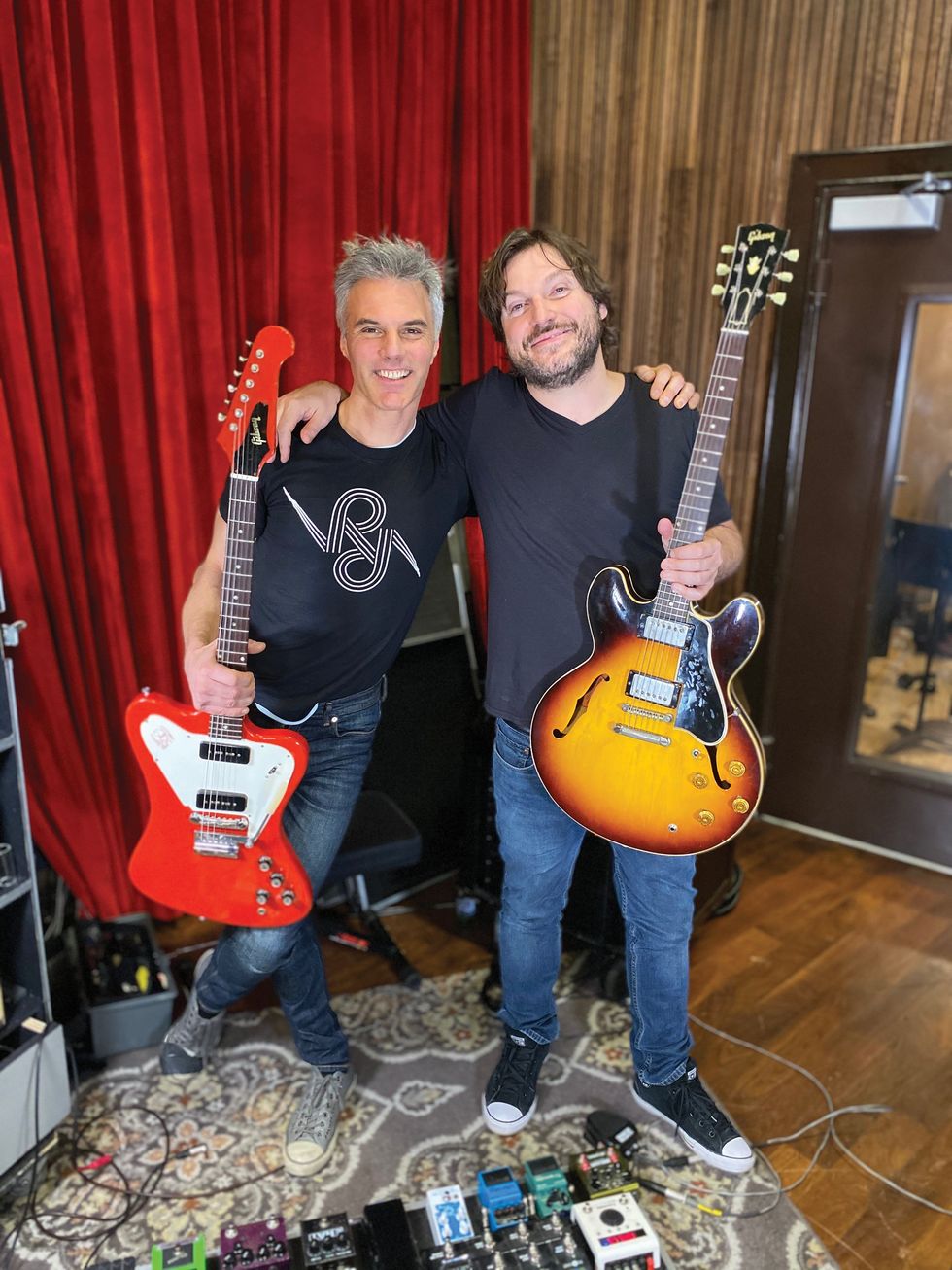I often hear people say, “Wow, that pedal is really expensive.” I’d like to spend some time demystifying why a handmade pedal can cost so much and give a little insight into the factors that come into play in pricing. I want to tell you this from my experience as a pedal builder and the hurdles that we go through at Death By Audio, which hopefully can give a bit of insight into how the industry operates from the manufacturer’s point of view.
It often takes an insane amount of time to design and redesign a product until it’s ready for sale. Some of the most exciting and best-sounding components are very specific, or rare and obsolete. Often, making the product just right requires manufacturing custom parts, which can be expensive. Then there are normal business upkeep costs, which add up quickly. So, when something very special is created, the price tag is usually low for all the work that’s gone into it.
A long time ago, I read—in the beginning of an electronics book (I think it was either The Stompbox Cookbook or Electronic Projects for Musicians)—that if what you want is for sale, it’s always cheaper than building it yourself. That’s because there is a value to your time and effort. When an idea for a sound I want to hear enters my head, I always want to go beyond just creating the simplest version of the circuit. I’m obsessed with experimenting and finding out the coolest version of this sound, and comparing every possibility within it, in case there is some potentially overlooked option that’s incredible. Then I build prototypes and use them on tour and pass them around to some of my peers for testing. Once I get feedback, I go redesign. So if there’s a boutique pedal that I want to get, someone has already gone way down this road, and I know the cost will be a small price to pay for all of that research.
I’m interested in rare parts that were designed to be used in odd equipment. A lot of these components have unique sounds that break up in their own special way. There are cool retro sounds to be had using tubes, germanium transistors, tape heads, paper speaker cones, spring tanks, function generators, and bucket brigade ICs, but a lot of those components are obsolete or being remanufactured in small batches for a high cost. There are even slight variations in common components, so sometimes we order 10,000 of something just to weed through them and find 100 that work perfectly in our circuit.
I also love to get custom parts manufactured for us. Designs can be extra special if you can hone in on something better than a stock part. But costs add up quick as you pay for molds and custom jigs, and there are minimum quantities. Now, because there are new tariffs on importing and exporting parts and raw materials, the price for components custom manufactured overseas has gone up by 50 percent in some cases. That’s insane and will definitely soon have an impact on the price or the uniqueness of everything.
There are so many more factors that make running a business freaking expensive. If you’re in a major city, it can cost more for rent, but you’re close to skilled employees and other businesses that do specialized work, and you might even enjoy cheaper shipping rates. Of course, you need to pay employees and possibly have additional costs like payroll fees, taxes, sick leave, Social Security, 401(k)s, and insurance. Then there’s toilet paper, paper, pens, printer ink, computers, internet bills, heat, frog food, electricity, and all the other little things that need to be purchased all the time. This is true for every manufacturer, and hopefully helps you understand why you might be asked to pay $250 for a fuzz pedal.
In the end, is it worth it? When I add up all of the physical costs along with the blood, sweat, and tribulations, and then couple that with unique perspectives on how an instrument should be interacted with, I’m excited to see and hear the results. I love designing pedals so much that even if sometimes it ends up being a loss, it’s worth it, because it gives me the outlet to sustain what I’m so passionate about and continue exploring. That is the gift you are giving to anything you decide to buy: You are supporting that industry. So if you give a pedal designer a chance, you might get yourself some tools that come from an interesting and unique perspective … and that just might melt your brain.





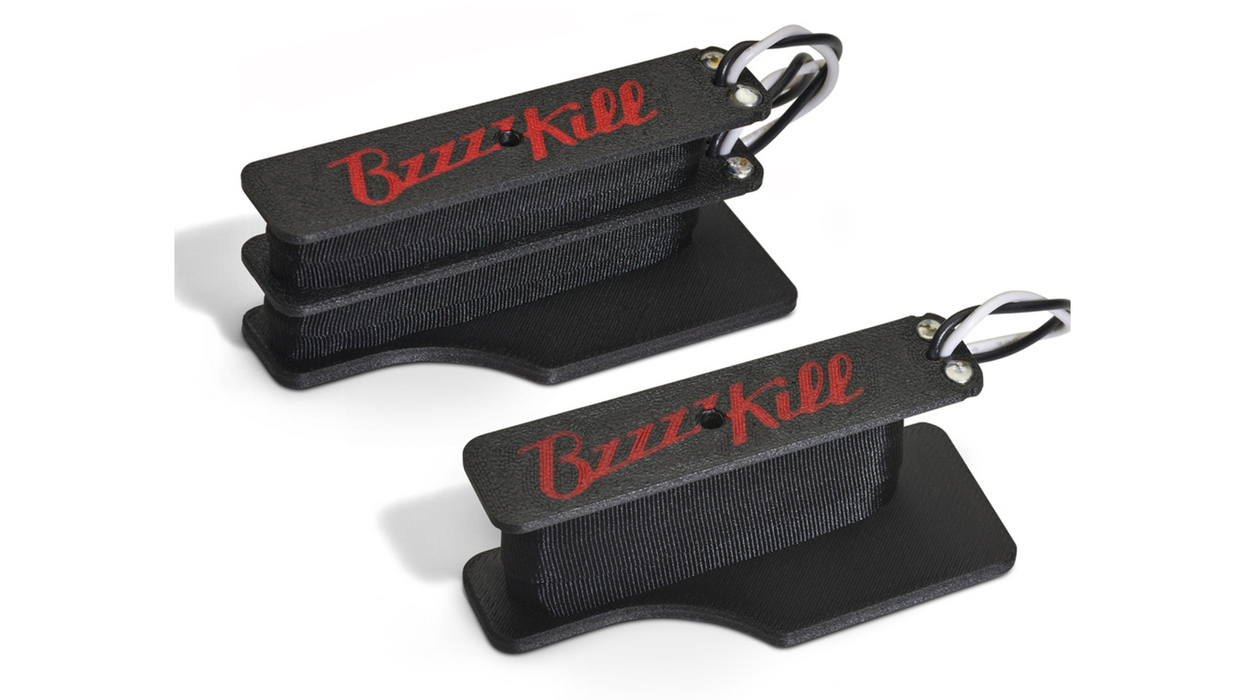

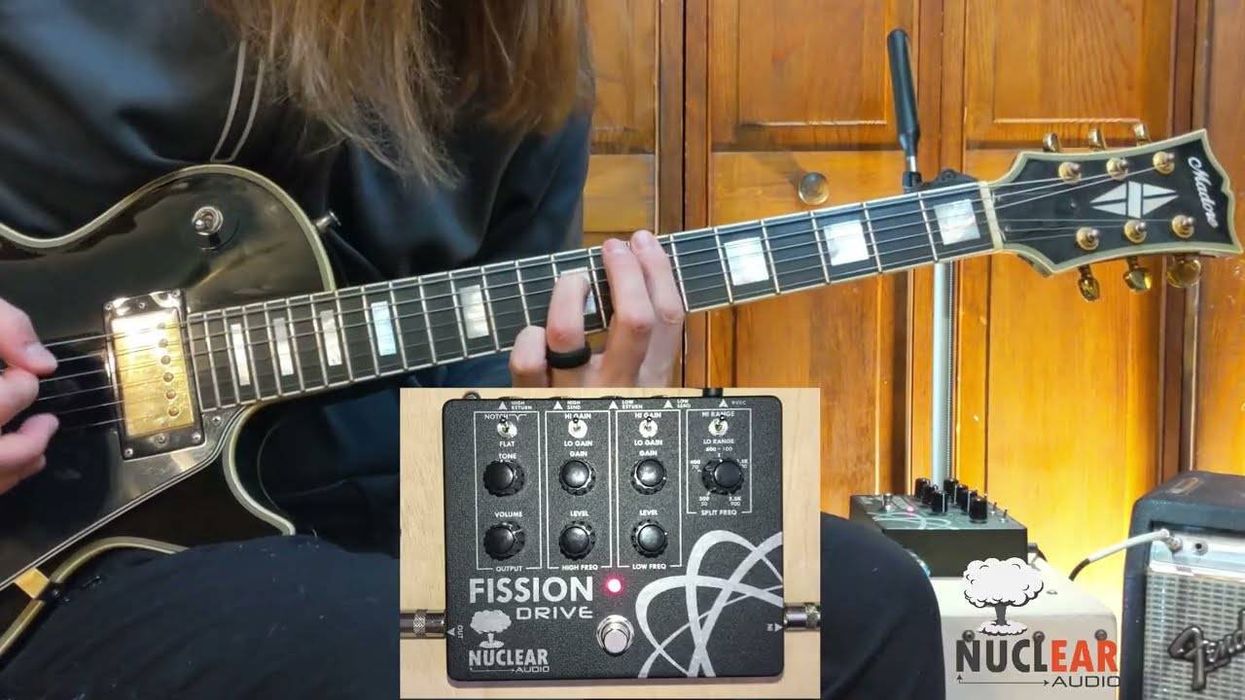




![Rig Rundown: Russian Circles’ Mike Sullivan [2025]](https://www.premierguitar.com/media-library/youtube.jpg?id=62303631&width=1245&height=700&quality=70&coordinates=0%2C0%2C0%2C0)



